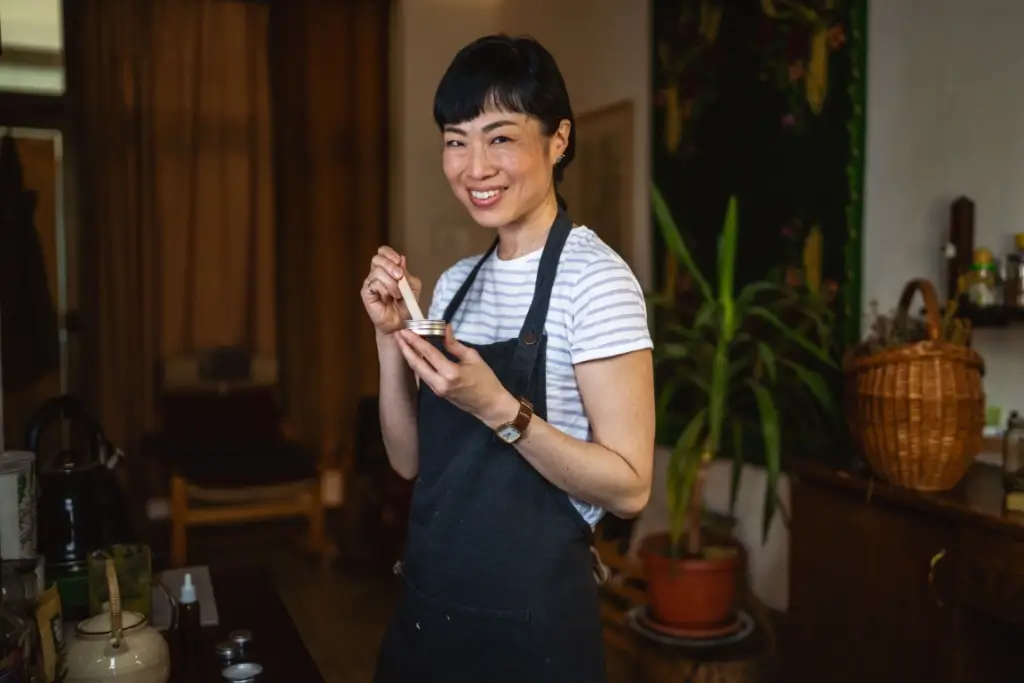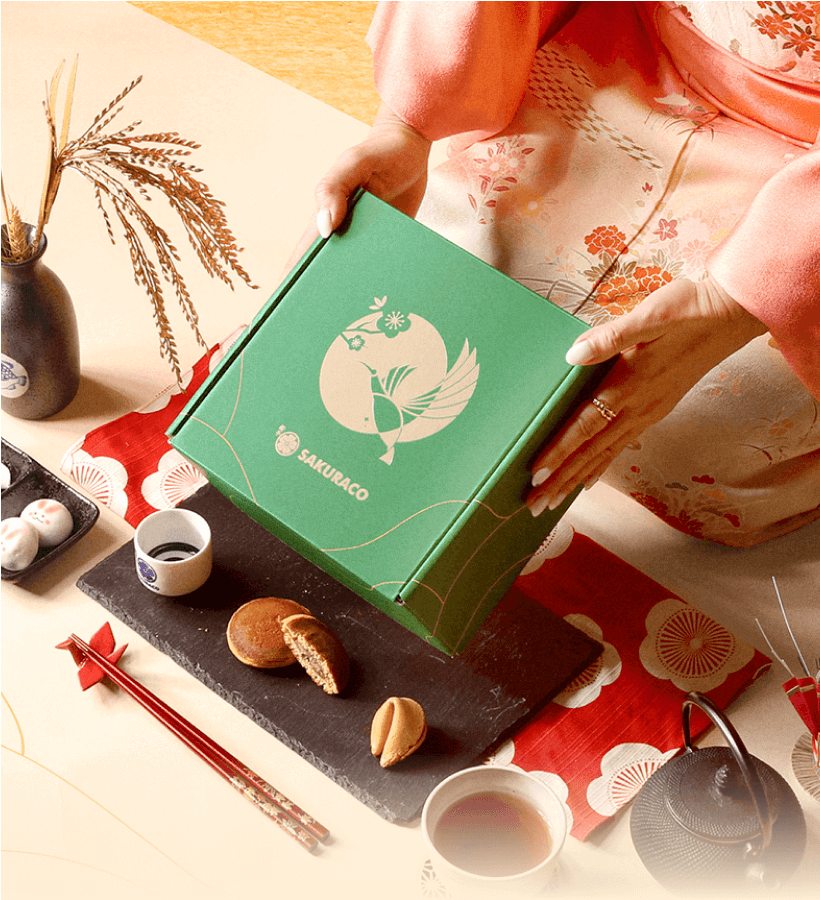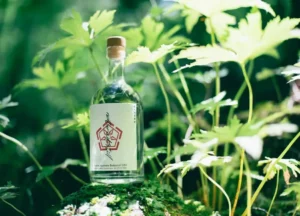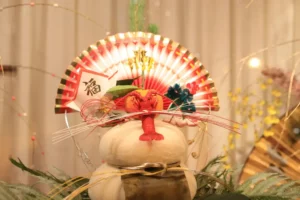Have you ever held something so beautifully made that you couldn’t help but admire every little detail? Maybe a hand-carved wooden bowl, a perfectly folded kimono, or even a sushi roll that looked too good to eat? These masterpieces come from artisans who dedicate their lives to perfecting their craft.
In Japan, these skilled creators are known as shokunin. But this word means more than “craftsman” or “artisan”—it represents a deep commitment to mastery, tradition, and excellence. Whether making swords, pottery, or traditional sweets, their work isn’t just about creating objects; it’s about preserving culture and bringing beauty into everyday life.
Table of Contents
ToggleWhat does shokunin mean?
“Shokunin” is a Japanese word meaning “craftsman” or “artisan.” However, the meaning goes beyond being a skilled worker; it embodies a deep dedication to one’s craft, a strong work ethic, and a lifelong pursuit of mastery. Becoming a master in any craft takes years, sometimes even decades. The best sushi chefs train for over a decade before they’re allowed to serve rice to customers. Traditional carpenters spend years studying wooden joints before building their first structure.

This level of dedication constantly pushes the limits of perfection. But expertise alone isn’t enough. These artisans believe their work serves a greater purpose, whether enriching someone’s daily life, preserving cultural heritage, or passing on knowledge to the next generation. Every handmade object carries a story that blends history, function, and artistic expression.
How is shokunin related to nature?
One thing that sets traditional Japanese craftsmanship apart is the deep respect for natural materials. Raw materials such as wood, clay, silk, and paper are treated carefully during crafting. For example, Japanese carpenters carefully select wood based on grain, strength, and scent. Many believe wood has a “spirit” and should be handled with respect. Similarly, potters choose specific clays depending on the texture and durability they want their final piece to have.

This philosophy is closely tied to wabi-sabi, an aesthetic that cherishes imperfections. Unlike mass-produced goods, handmade crafts are meant to change over time. A ceramic cup develops fine cracks that make it even more unique, a kimono’s colors fade beautifully with age, and a wooden bento box darkens the more it’s used. Instead of resisting change, these artisans embrace it, allowing their work to evolve alongside those who use it.
What is the importance of traditional Japanese culture?
Japan’s culture is deeply connected to its artisans and their traditional crafts. The tea ceremony, for example, wouldn’t be the same without hand-thrown tea bowls, bamboo whisks, and iron kettles—each carefully crafted by skilled artisans to enhance the experience. Every piece works together, turning a simple act into a meditative ritual.
The same dedication can be seen in wagashi, Japan’s traditional sweets. These delicate treats aren’t just delicious—they reflect the seasons, with artisans shaping spring sweets to resemble cherry blossoms and autumn ones like maple leaves. Each piece is a tiny, edible work of art.

Kimono-making is another craft that demands extraordinary skill. Artisans hand-weave fabrics, embroider intricate patterns, and use ancient dyeing techniques to create stunning designs. Some kimonos are painted by hand, taking weeks or months to complete. Many are passed down through generations, becoming treasured family heirlooms.
Even kitchen knives showcase the mastery of artisans in Japan. Forged using techniques once used for samurai swords, these blades are among the sharpest and most durable in the world. Chefs everywhere seek out these artisan-made knives, knowing they can last a lifetime.
Are you looking for artisanal snacks? Check out Sakuraco! Check out Sakuraco! Sakuraco delivers traditional Japanese snacks, teas, and sweets from local Japanese makers directly to your door so you can enjoy the latest treats directly from Japan!
Shokunin and sustainability
Traditional artisans offer a refreshing alternative to today’s fast fashion, cheap furniture, and disposable goods. Instead of mass production, they focus on quality and longevity. Their craft isn’t just about making beautiful objects—it’s about creating things that stand the test of time.
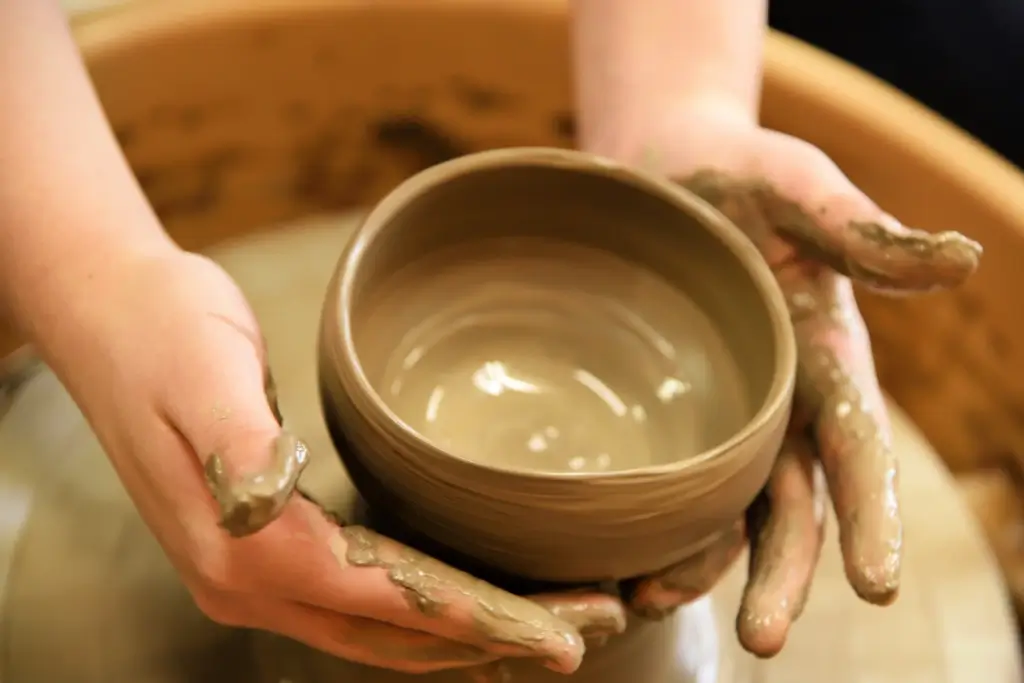
Take Japanese carpentry, for example. Many traditional buildings use interlocking wooden joints without nails or glue. This technique makes them incredibly sturdy and easy to repair, reducing the need for demolition. Thanks to these artisan methods, some of Japan’s oldest temples, built centuries ago, are still strong.
Sustainability is also central to Japanese craftsmanship, especially in cuisine. Sushi artisans carefully select their ingredients, respecting the ocean’s natural balance. Instead of overfishing or wasting food, they follow time-honored sustainable practices. Their approach teaches us an important lesson: when we respect materials and craftsmanship, we create less waste and more meaning. The future doesn’t need more disposable goods—it needs the care and precision of skilled artisans.
Why should we support artisans like shokunin?
We should support shokunin because these traditional artisans remind us to slow down and appreciate the artistry behind everyday objects. Beyond preserving history, these crafts offer a path toward a more sustainable future. When we choose handmade, high-quality goods over mass-produced alternatives, we simultaneously support sustainability, artistry, and cultural heritage.
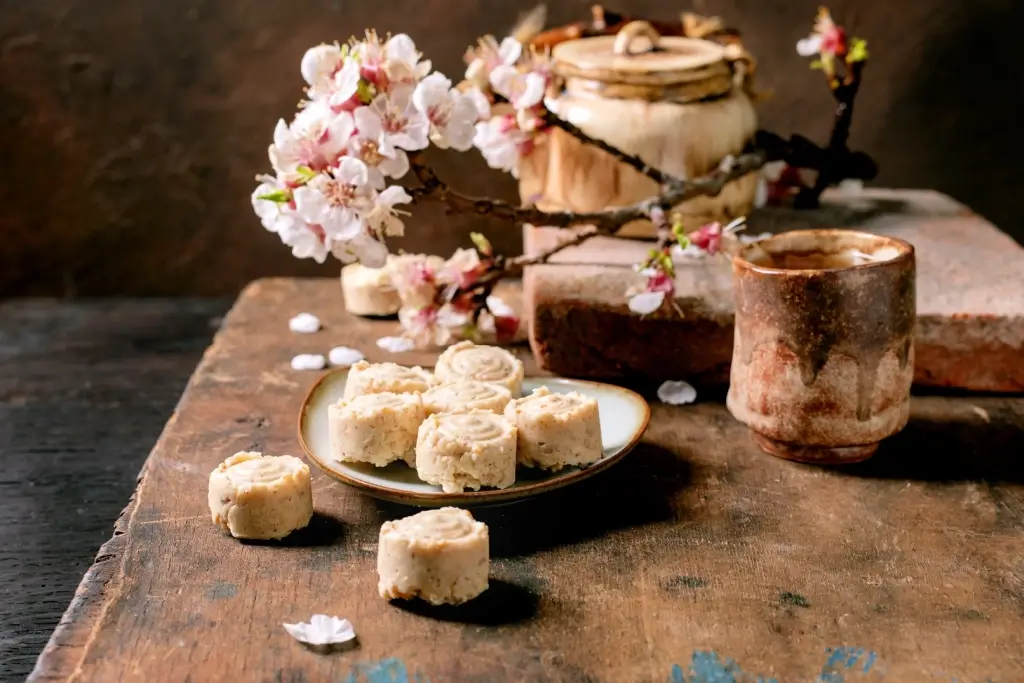
So next time you come across something made by hand, take a moment to admire the care and expertise behind it. Have you ever used or bought something made by a master craftsman? Share your experience in the comments below!


